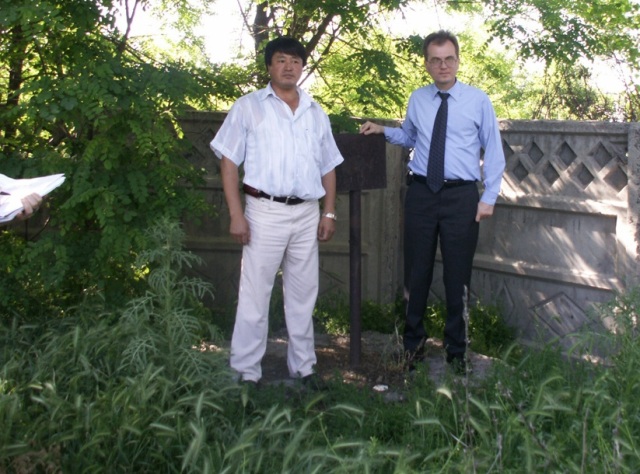New Technique to Clean up Sites Infected With Anthrax

Scientists from ISTC project 3177, lately completed, have developed an effective, ecologically safe, non-toxic biological preparation to clean up sites where cattle infected with anthrax were buried. The technique is based on bacteriophages (virus infecting a bacteria) and spore germinants that disinfect objects and soil contaminated by spores and vegetative cells of B. anthracis. This new method could help clean up thousands of anthrax burial sites throughout the former Soviet Union and can also be used in cases of bioterrorism attacks.
A business-plan was completed for further development, production and release of the disinfectant ‘Desanthrax’. Negotiations with potential investors are underway. Two patent applications were submitted to Russian authorities. The toxicity of “Desanthrax” was tested during rigorous experiments on laboratory animals and its safety was proven.
According to an estimation of the Ministry of Health of the Russian Federation, there are about 35,000 cattle burial grounds in Russia alone and they are not always identified or well protected, leaving important risks of biohazards for humans and animals. Clean up of anthrax-contaminated areas on farms and in the wild is problematic. Some cattle burial grounds are located within agricultural areas that are actively exploited. They naturally become a zone of high risk. Others are still unidentified and corresponding records about them are lost since the bacteria can remain alive over a century underground.

